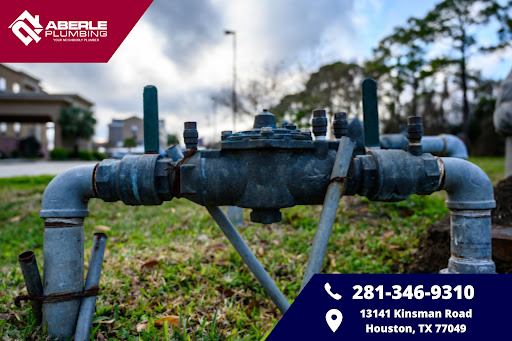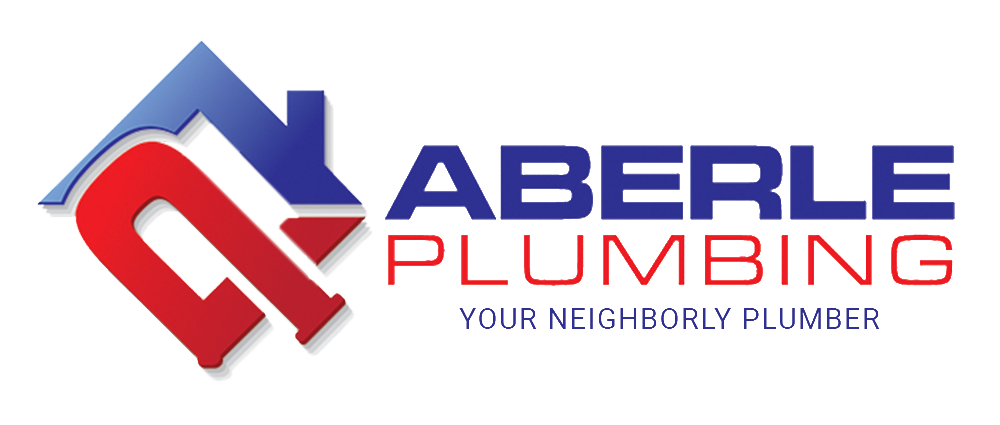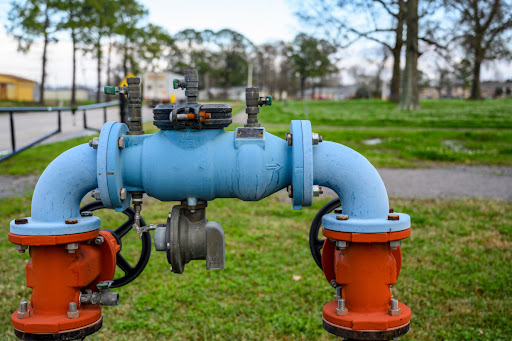
What Is a Backflow Preventer?
You want to rest assured, knowing that your city’s drinking water is clean and safe. Unfortunately, something could contaminate the water — and it’s called “backflow.” Essentially, backflow is when a non-potable water supply flows backward, mixing with the main water supply line. You can sometimes spot a backflow problem when there is water contamination, a sudden change in water pressure, or both.
Commercial buildings are required to have backflow preventers if there are any cross-contamination risks present in a water system. It’s important to have these devices tested and certified on a yearly basis to ensure they’re working correctly.
A backflow preventer (or backflow prevention device) is a crucial device for most commercial properties. But what does a backflow preventer do, exactly?
Let’s discuss what a backflow preventer is in more detail below:
What Does a Backflow Preventer Do?
Backflow is a very real and dangerous problem, but fortunately, a backflow prevention device stops water contamination from occurring. So, what is a backflow preventer, exactly?
In short, a backflow preventer is installed to ensure that the water only flows in one direction. There are various types of backflow prevention devices on the market, but three of the most common are double check valves (DCVs), pressure vacuum breakers (PVBs), and reduced pressure zones (RPZs).
Backflow preventers are installed where non-potable water cross-connects with clean, potable water. As mentioned above, these devices only allow water to flow in one single direction. When you install a backflow preventer, you can rest assured that the water is no longer at risk for contamination.
Backflow can happen for many reasons, such as a water main break or the use of a fire hydrant.
What Does a Backflow Preventer Look Like?
Since there are various backflow preventers to choose from, it’s important to recognize that not every device will look exactly alike.
In most instances, these devices are installed above ground near the water meter or right before the water main enters the property.
Do You Need a Backflow Preventer?
Now that you know what a backflow preventer is and how it works, you might be wondering if your commercial property actually needs one. Are these devices truly necessary? When it comes down to it, the answer to these questions depends on regulations and your specific situation.
There are many types of businesses that are required to install backflow preventers. These requirements are dictated by state and municipal regulations, as well as the Environmental Protection Agency.
So, we’ve talked about commercial properties — but what about homes? Certain parts of a residential water distribution system are more susceptible to backflow than others. Residential backflow preventers are generally only used when an irrigation system or sprinkler system is present. They will need a Pressure Vacuum Breaker (PVB). If you want your water to flow in only one direction, don’t hesitate to contact a plumber in Houston, TX, or the surrounding area to schedule an installation.
Install a Backflow Prevention Device With Aberle Plumbing!
“What does a backflow preventer do?” If you ask a handful of plumbers this question, you’re likely to receive the same answer. These devices must be installed by certain businesses and commercial properties according to regulations.
Now that you know what a backflow preventer is, don’t wait to call Aberle Plumbing! We’re proud to be certified backflow preventer installers. You can turn to us for all of your plumbing system needs, from drain cleaning to water line repair in Houston.
All new and existing backflow assemblies should be certified and tested yearly, according to code, to ensure they’re working correctly. We provide backflow certification, testing, and submit the reports to the water purveyor.
Contact us today to learn more about a backflow preventer installation!

